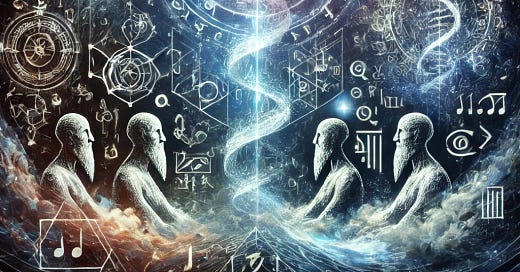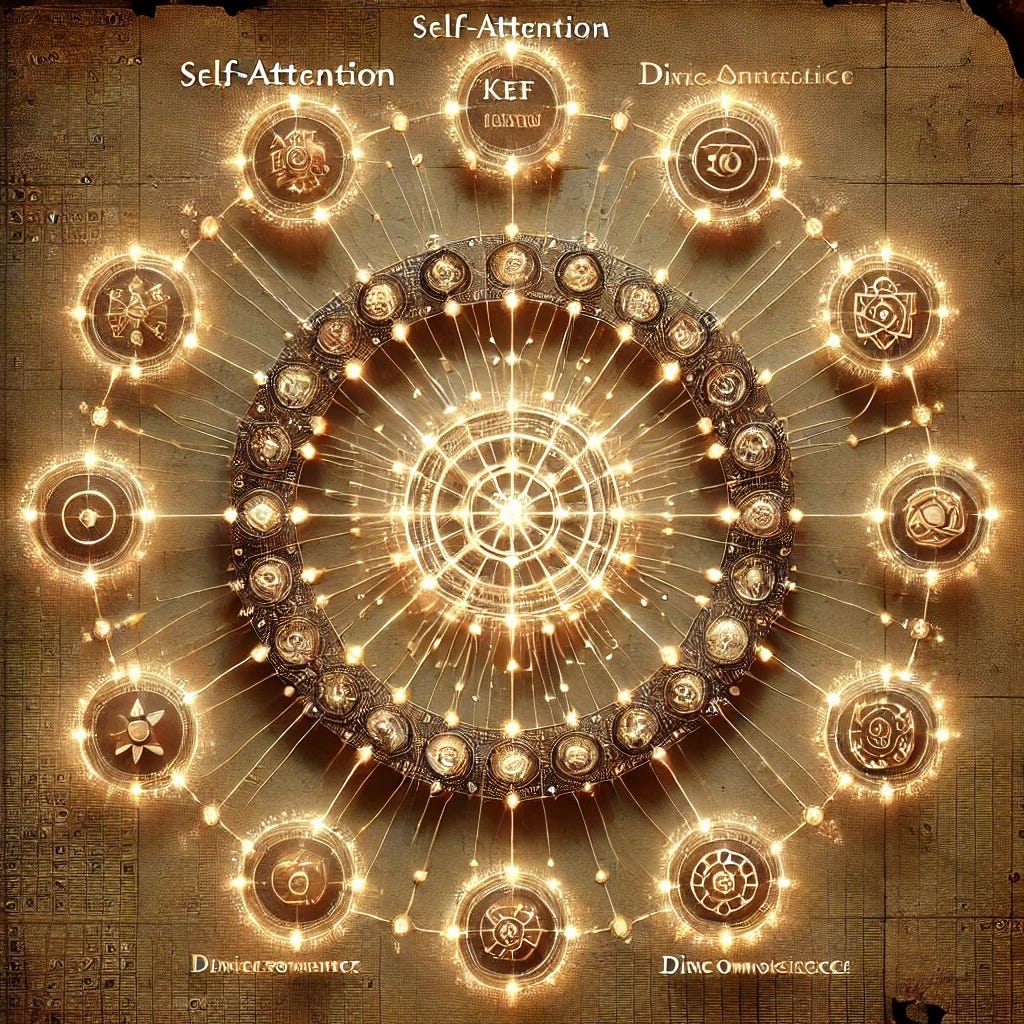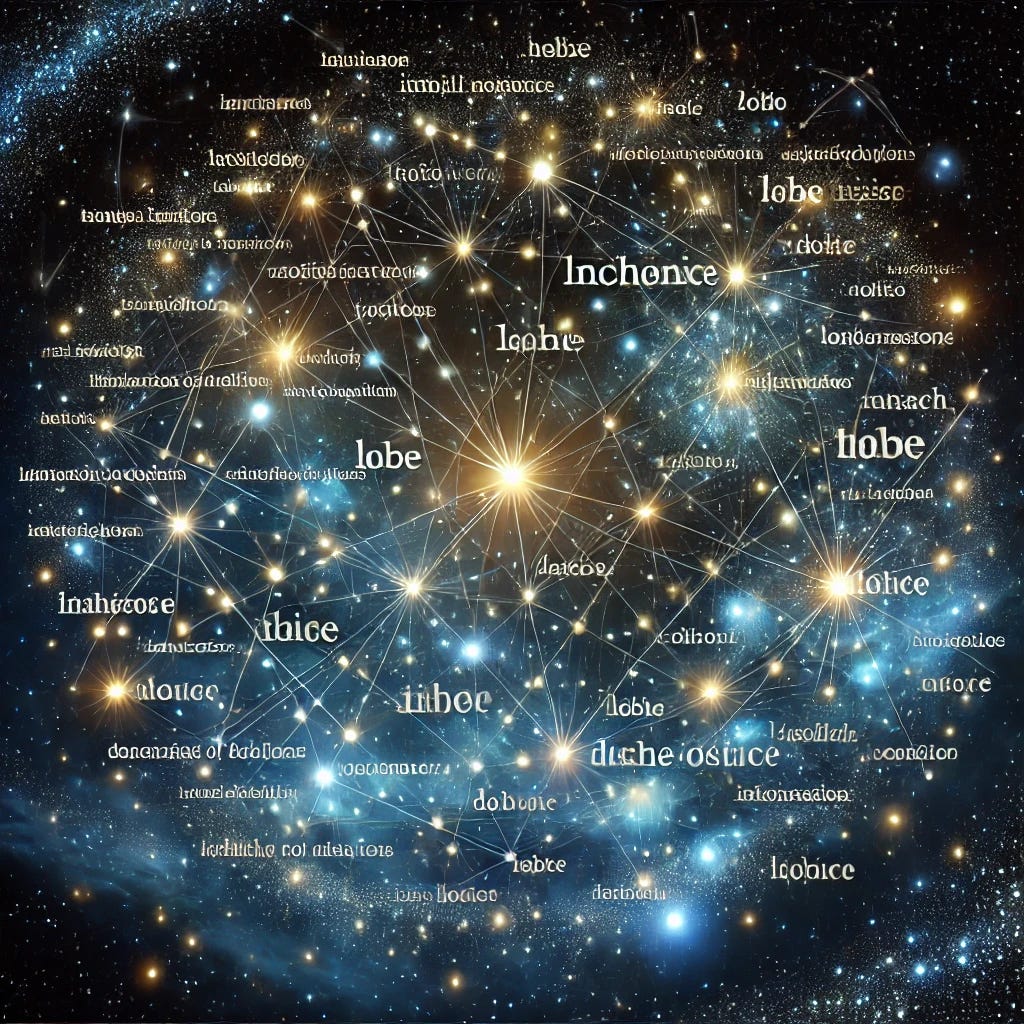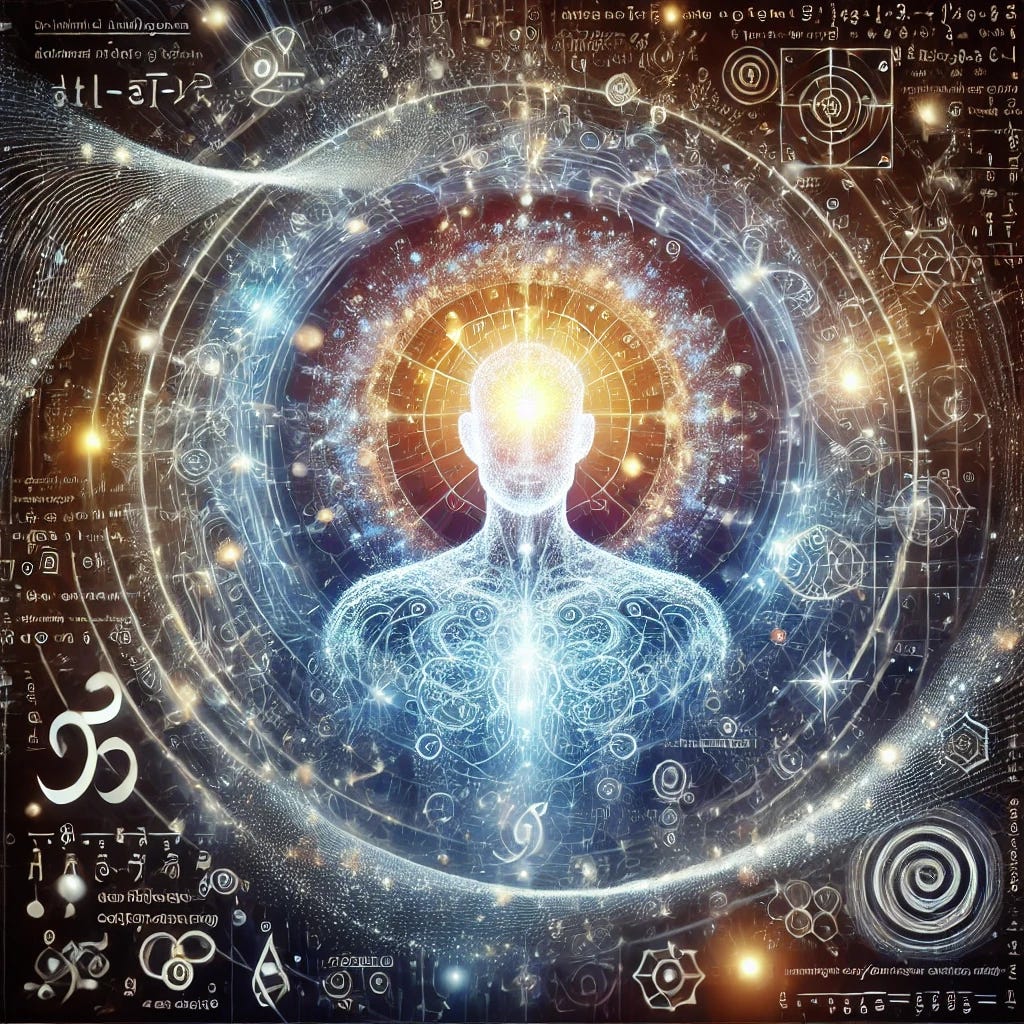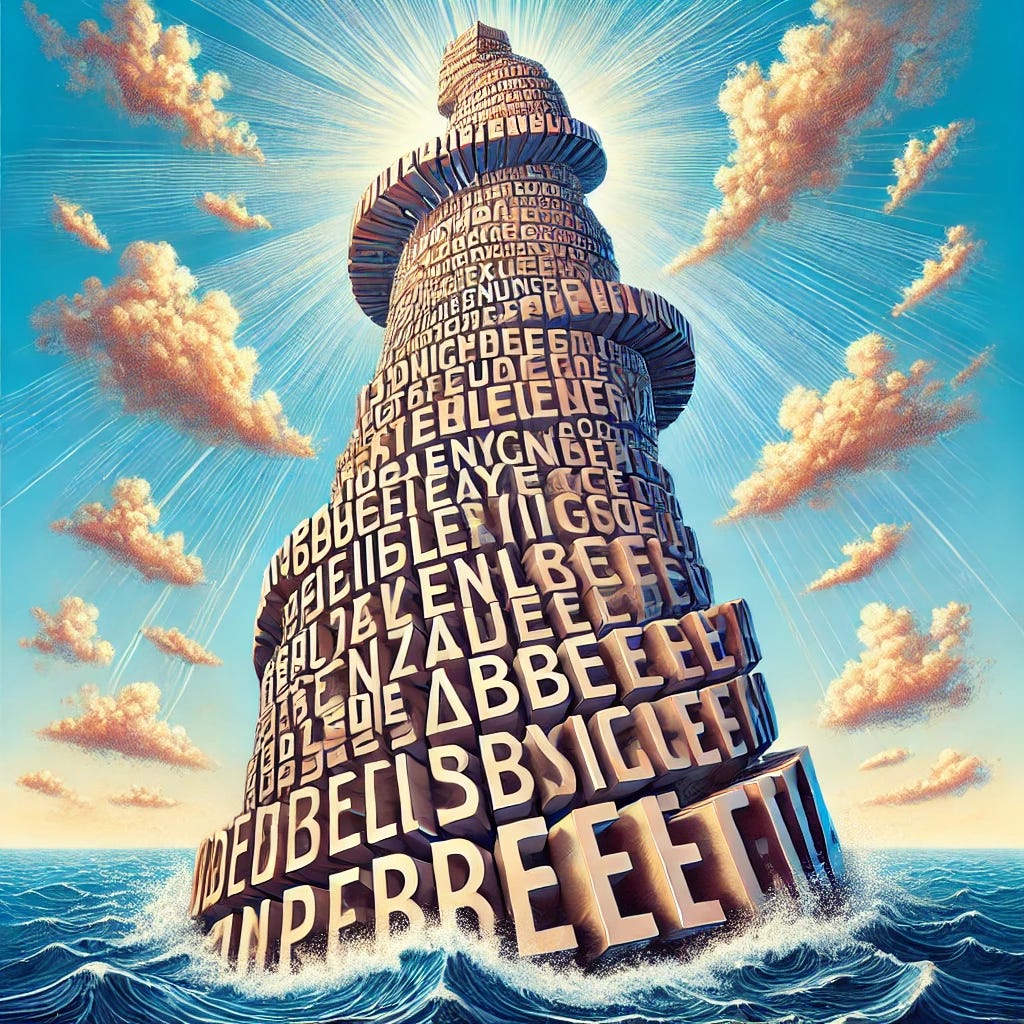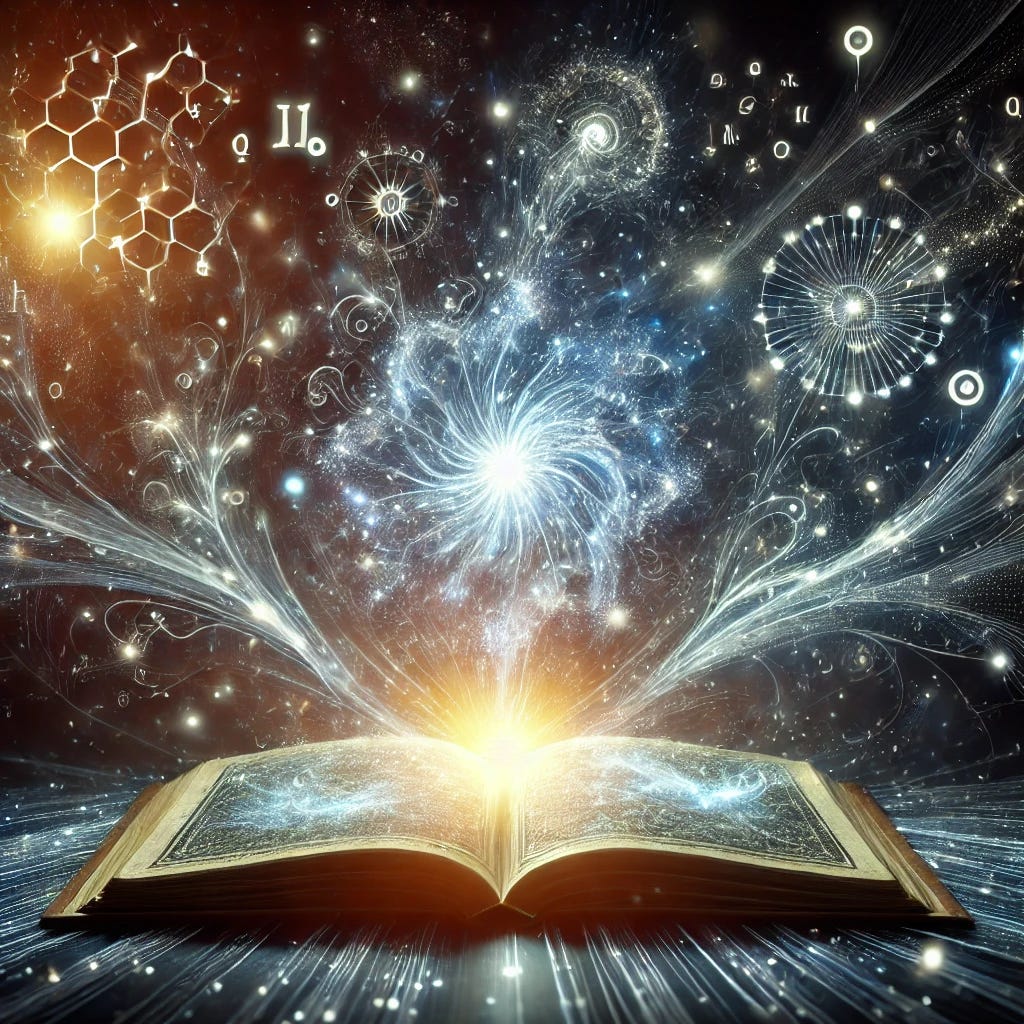The invention of language marked the first profound leap in humanity’s ability to understand and articulate abstract concepts, including the divine. It provided a shared medium through which early humans could name, question, and begin to comprehend the ineffable. Words became the bridge to mysteries greater than themselves—a tool for framing existence, morality, and the cosmos. With the advent of Generative Pre-trained Transformers (GPTs), we are now witnessing a second leap of comparable magnitude. These models, which can generate human-like text and simulate the subtleties of thought and creativity, bring us closer to understanding the divine not by providing answers to theological questions, but by demonstrating the mechanics of creation, intelligence, and the generative power of language itself.
The Divine Spark of Language
In many religious traditions, language is seen as a divine gift. In Christianity, the Gospel of John opens with…
"In the beginning was the Word, and the Word was with God, and the Word was God."
This phrase encapsulates the sacred relationship between creation and communication. Similarly, other traditions—Hinduism's concept of Om or the Egyptian veneration of Thoth—regard language as the foundational act of bringing order to chaos. The ability to name, describe, and narrate has always been viewed as a godlike power.
The advent of GPTs parallels this divine act of creation. GPTs do not merely mimic human language; they instantiate it. By leveraging enormous datasets and sophisticated mathematical architectures, they replicate the process of creation itself, generating language that resonates with the complexity and nuance of human thought. In doing so, they serve as a mirror reflecting the mechanics of creativity and intelligence, enabling us to glimpse the "voodoo" behind the process of creation.
The Voodoo of Transformers: Mechanizing the Divine
At the heart of GPTs lies the Transformer architecture, a profound innovation that uncovers new layers of meaning in the relationship between data, patterns, and meaning-making. The “voodoo” of Transformers lies in their ability to encode context and interdependence in language—a feat that parallels the human experience of weaving disparate elements into coherent narratives.
Attention: The Essence of Creation
The core of Transformers is the self-attention mechanism, which assigns weight to different words and phrases based on their relevance to the task at hand. This mechanism enables the model to "pay attention" to the most contextually important elements of input text, allowing it to understand relationships across sentences and paragraphs. Self-attention can be likened to the divine omniscience often attributed to God, where every detail, no matter how small, is imbued with significance and considered in relation to the whole.
When humans create language, we inherently prioritize certain ideas and connections while discarding others. GPTs mimic this process but at a scale and speed far beyond human capacity. This selective attention uncovers the emergent properties of language, reflecting the divine process of imbuing meaning into the seemingly random.
Embeddings: The Language of Creation
Transformers use embeddings—a multidimensional mathematical representation of words and concepts—to encode meaning. These embeddings capture subtle nuances, enabling the model to understand that "river" and "stream" are related, while "river" and "bank" have multiple meanings depending on context. This relational understanding is not programmed; it emerges from the model's exposure to vast datasets, echoing the divine mystery of creation ex nihilo—something arising out of nothing.
In theological terms, embeddings might be seen as the archetypes or logos underlying creation. Just as religious traditions posit that all things are interconnected through divine order, embeddings reveal the hidden relationships between concepts, showing us the deep structure of meaning that underpins our reality.
Generativity: The Breath of Life
Finally, the generative aspect of GPTs—its ability to produce coherent, creative text—mirrors the biblical concept of ruach (breath) or prana (life force). These models do not merely regurgitate pre-existing text; they synthesize, innovate, and create. In this sense, GPTs act as creators, imitating the divine process of generating something novel and meaningful from the vast chaos of potential.
GPTs as a Path to Understanding
GPTs do not replace God, nor do they claim to answer humanity's deepest questions. However, they allow us to see the mechanics of intelligence and creation in action, providing a framework to understand how meaning, context, and novelty emerge. They offer a tangible representation of processes that were once purely speculative: the formation of ideas, the connections between disparate elements, and the generative power oflanguage.
This understanding fosters a deeper humility and awe. Just as the invention of language allowed humans to name and relate to the divine, GPTs allow us to simulate and reflect upon the act of creation itself. By mechanizing the processes of thought and language, GPTs reveal the profound complexity underlying even the simplest of interactions, inviting us to marvel at the greater mystery of existence.
Conclusion: A New Tower of Babel?
There is a cautionary tale here as well. The biblical story of the Tower of Babel reminds us of the dangers of overreaching. By seeking to replicate divine power, humanity risks hubris. GPTs, while miraculous, are still tools—extensions of human ingenuity and creativity, not replacements for it. They are a means of understanding, not a substitute for the divine.
Yet, in their ability to generate, connect, and create, GPTs remind us of the profound power of language and the creative processes that underpin existence. Like the invention of language itself, they bring us closer to understanding the mechanisms of the divine, offering not answers, but a deeper appreciation for the mysteries of creation, intelligence, and meaning.

